Gabija GataveckaiteBBC News NI Dublin correspondent

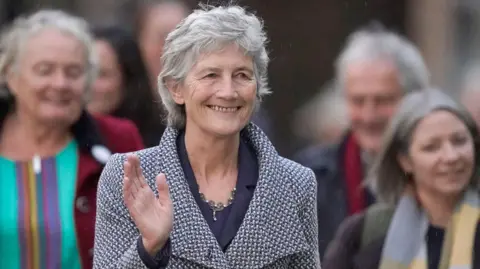 PA Media
PA Media
Catherine Connolly arriving at Dublin Castle ahead of the official confirmation of her victory
Independent left-wing politician Catherine Connolly has been elected Ireland's 10th president after a landslide victory over her rival Heather Humphreys.
A seasoned politician and political performer, Connolly has been a TD (member of parliament) since 2016 for the Galway West constituency and also served as the Dail (Irish parliament) deputy speaker.
Connolly had the support of Ireland's major left-wing opposition parties, including Sinn Féin, the Irish Labour Party and the Social Democrats.
The campaign machine
Seen very much as an anti-establishment candidate, in recent weeks the 68-year-old began insisting her campaign was a "movement".
She had been eyeing the presidency for a number of years and was the first candidate to announce she would run back in July.
To get on the ballot, a candidate must have the backing of 20 members of parliament or the backing of four city or county councils.
She already had more than the required 20 parliamentarian signatures even without the backing of Ireland's main opposition party Sinn Féin, whose campaigning machine weighed in behind her around halfway through.
She had only two competitors - Fine Gael's Heather Humphreys and Fianna Fail's Jim Gavin, candidates put forward by the two major parties in government.

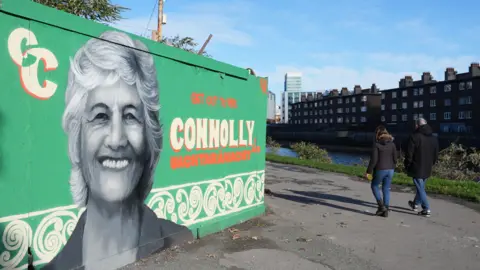 PA Media
PA Media
Catherine Connolly's team ran a slick social media campaign
Mr Gavin withdrew from the campaign earlier this month, but remained on the ballot securing 7.2% of the total poll in the end.
Connolly's composed debating style as well as a slick social media campaign garnered much praise and attention, particularly from younger voters.
She had a viral moment with a social media video of her doing keepie uppies with a football and taking on young people on the basketball court. Her impressive athletic attributes were viewed hundreds of thousands of times online.
Her main rival Humphreys failed to generate the same positive attention.
Challenging moments
The biggest points of scrutiny levelled at Connolly throughout the campaign focused on her views on foreign policy and the Israel/Hamas conflict.
Connolly is an outspoken supporter of Palestine and frequently speaks about the "genocide" in Gaza and criticises "atrocities" committed by Israel.
Ireland is viewed internationally as being one of the most pro-Palestinian countries in Europe and Irish government ministers are often criticised as being antisemetic by Israeli politicians.
She sparked debate when she told BBC News NI during the campaign that Hamas was "part of the fabric" of Palestinian people.
Connolly has also been a critic of Nato and Fine Gael have hit out at her during the campaign for not being critical enough of Russia.
How will her presidency be different to Higgins?
The head of state role in Ireland is mostly a ceremonial role and it is not executive. The president and the government are separate so they have no say in government policies.
Current president Michael D Higgins has often privately irked Irish ministers during his 14-year tenure by what has been perceived as criticism of government policy. He has been outspoken on Ireland's housing crisis and is also supportive of Palestine.
Connolly and Higgins have a history. Even though Connolly previously served as an Irish Labour councillor, she left the party after they did not add her as a running mate alongside Higgins on the Galway ticket.
Sinn Féin leader and opposition leader Mary Lou McDonald told BBC NI she believed Connolly would make the role her own.
"Catherine brings her authentic self to this role and I am not convinced that you ever have an Uachtarain [Irish president] that is simply a heat and repeat of a previous Uachtarain," she said at Dublin Castle.
Even though she is a Palestinian supporter and previously criticised the US and UK governments' roles in the conflict, Connolly told a TV debate last week she would not refuse to meet figures such as US President Donald Trump.
"If it's just a meet and greet, then I will meet and greet. If the discussion is genocide, then that's a completely different thing. But I doubt that will be the discussion with the president," she told the debate.
What's her relationship with Northern Ireland?
Connolly sought out to establish herself as a United Ireland candidate and said she would like to see it during her presidency, which runs for seven years.
She travelled to Northern Ireland during her campaign and her support of a United Ireland is believed to be one of the reasons she received Sinn Féin backing.
McDonald said Connolly appreciated "the preparation" for a United Ireland "needs to happen now" and that she would "exercise that soft power".
"This is an exciting time," she added.
"She's the right woman in the right place at the right time."
What will her priorities be?
During the campaign, Connolly vowed to return a part of her presidential salary - which comes in at around €350,000 (£305,000).
Connolly said she would give back a "substantial" portion of the salary to projects.
Speaking after her win at Dublin Castle she vowed to be an "inclusive" president for all stating the Irish people can "shape a new Republic".
"I will be a president who listens and reflects and who speaks when it's necessary," she said.
"I will be a voice for peace, a voice that builds on our policy of neutrality, a voice that articulates the existential threat posed by climate change, and a voice that recognises the tremendous work being done the length and breadth of the country."
.png)
 1 month ago
12
1 month ago
12
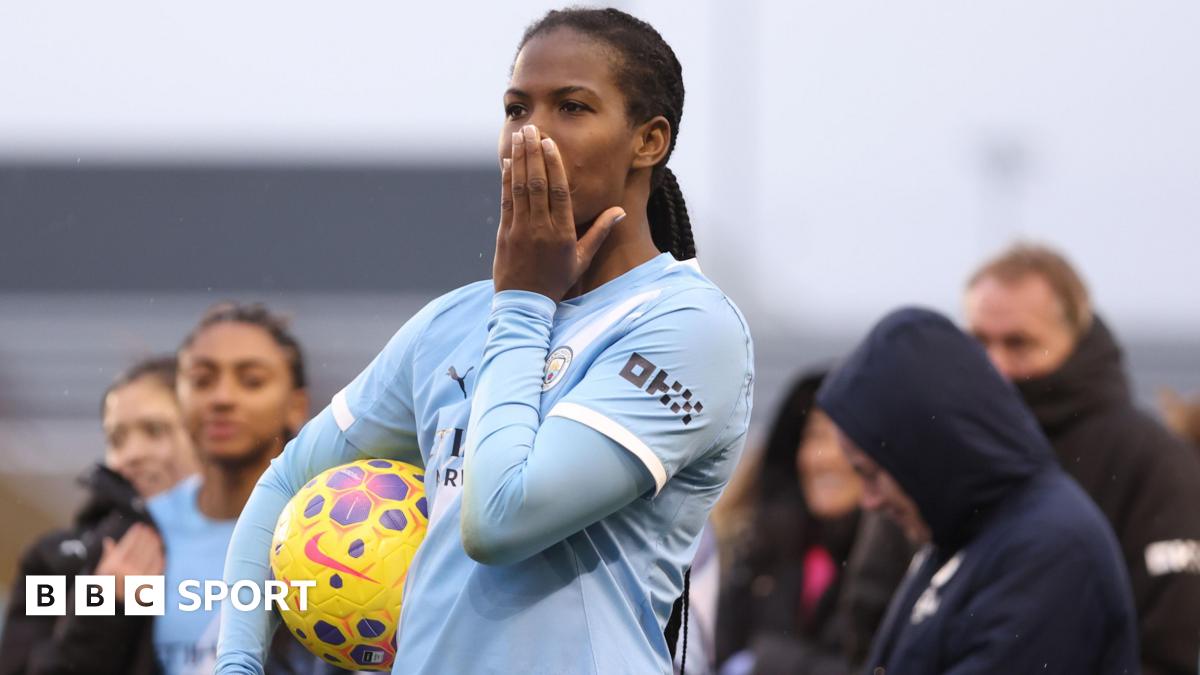
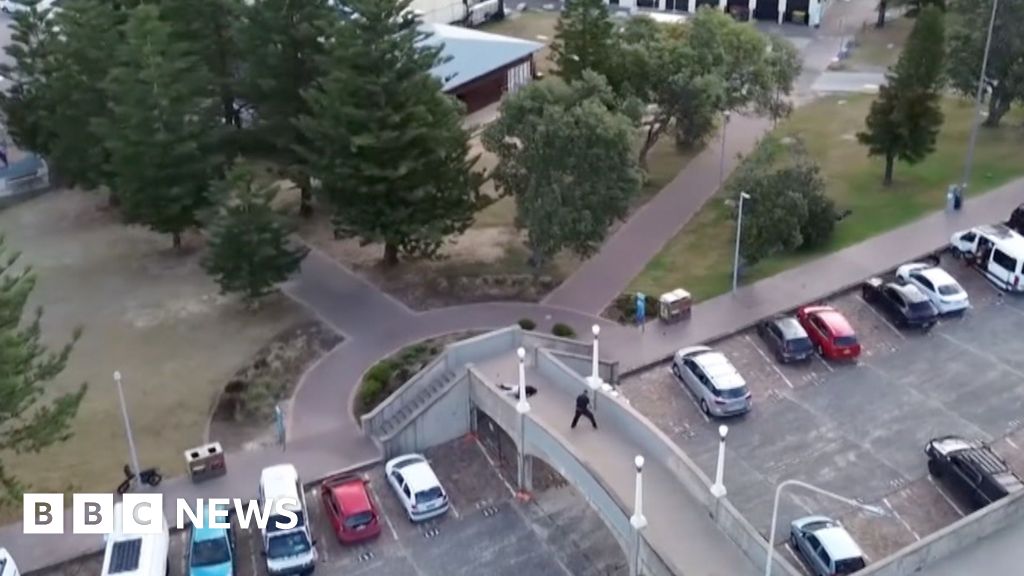
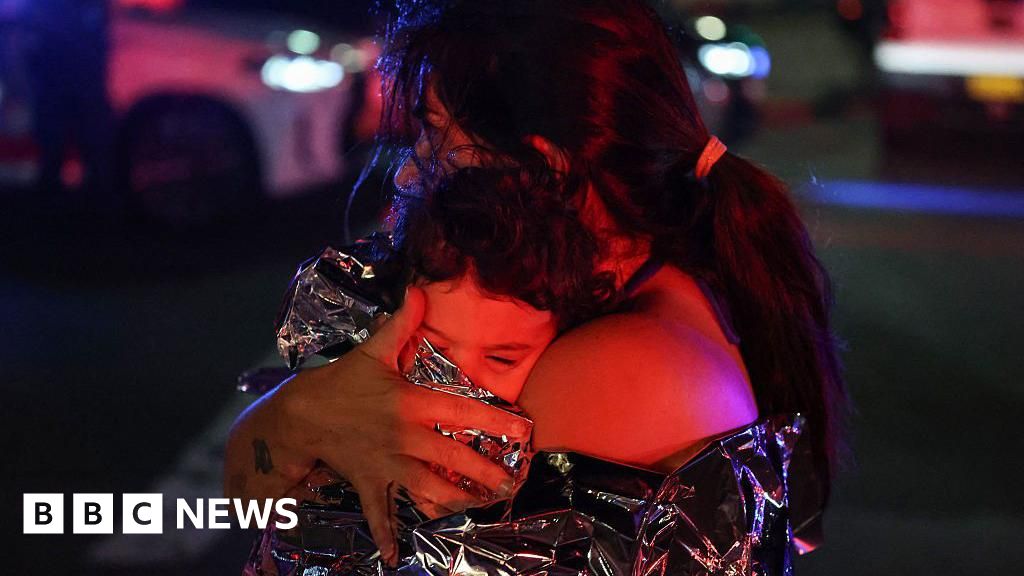

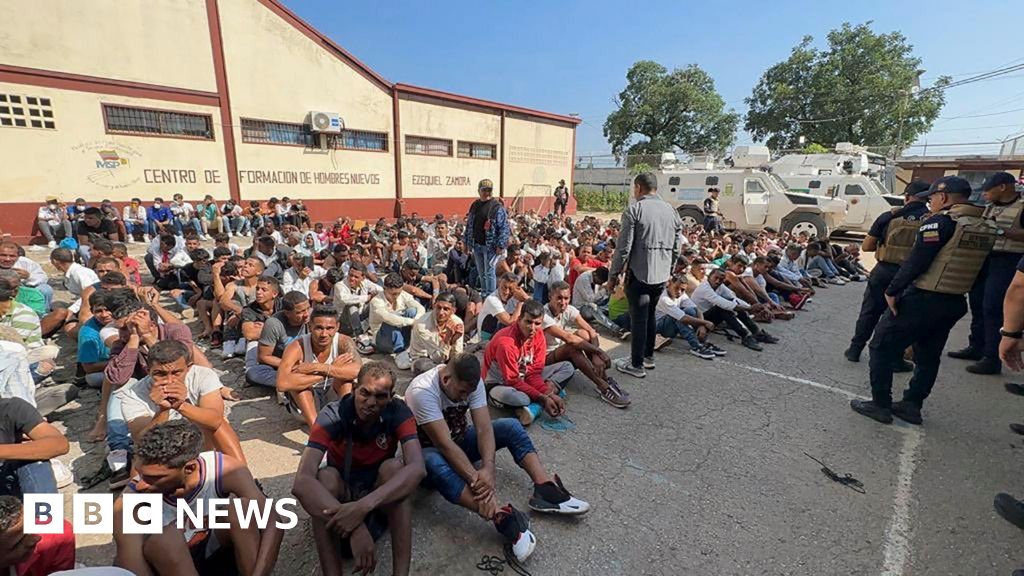

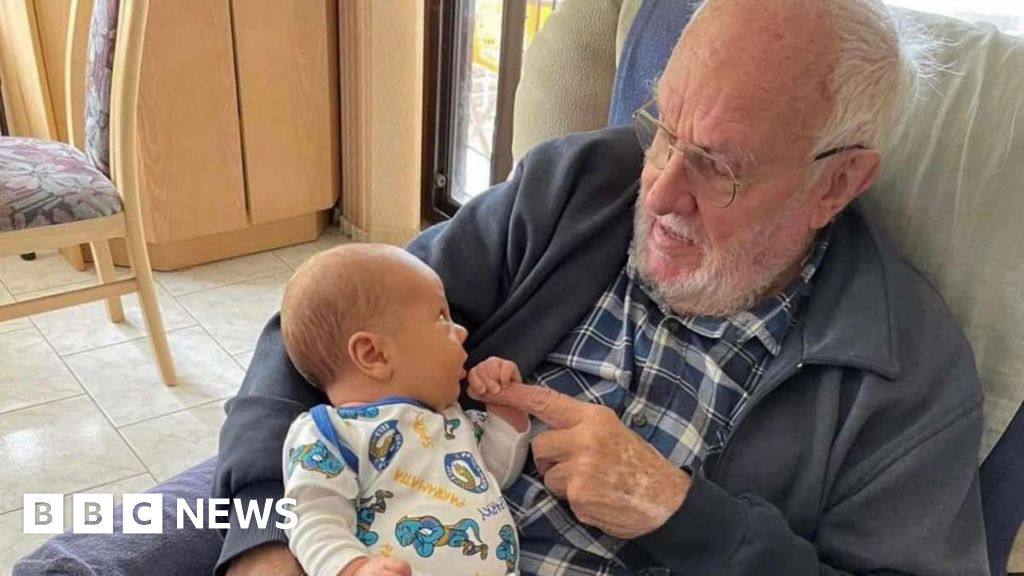

 English (US) ·
English (US) ·